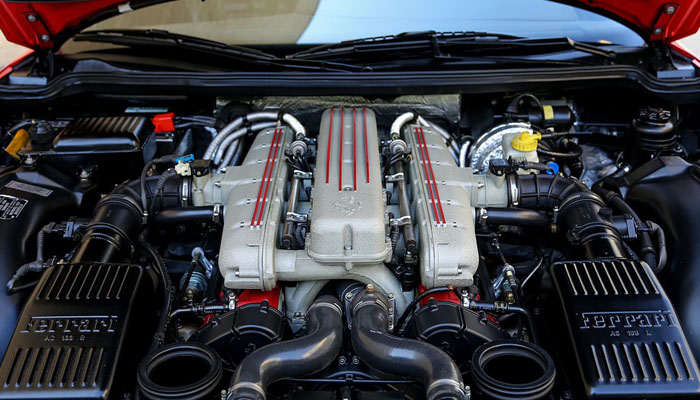What do DOHC, SOHC, and OHV stand for?
OHV, or Overhead Valve
These are the valves that allow air-fuel mixture into and out of the cylinders. Pushrods move up and down to open or close the valves in the engine block.
OHV engines can also be called pushrod engines. They can produce a lot more torque at low engine speeds than the overhead-camshaft engines, but they cannot run at high engine speeds.
They were extensively used by domestic manufacturers for many years. OHV engines such as the GM's 5.3 liters and 6.2 liters V-8s, and the Stellantis 5.7 liter and 6.2 liters OHVs are used primarily for large pickup trucks, SUVs, and other vehicles. They are also used in performance models like the Dodge Challenger SRT or Chevrolet Corvette.
SOHC or Single Overhead Camshaft
The camshaft is located in the cylinder head, above the valves. The camshaft is directly connected to the valves and rocker arms, which open or close them.
SOHC engines are generally more powerful than OHV engines. A smaller SOHC engine may produce more horsepower than an OOH engine and provide better fuel economy. However, SOHC engines generally don't produce as much torque at low speeds as OHV engines.
DOHC or Dual Overhead Camshaft
DOHC engines are the dominant type today. These engines are the most popular today.
DOHC engines can have four valves per piston, instead of just two. This increases airflow, power, and efficiency.
Find out more at https://courtesyautomotiveservice.com/.

